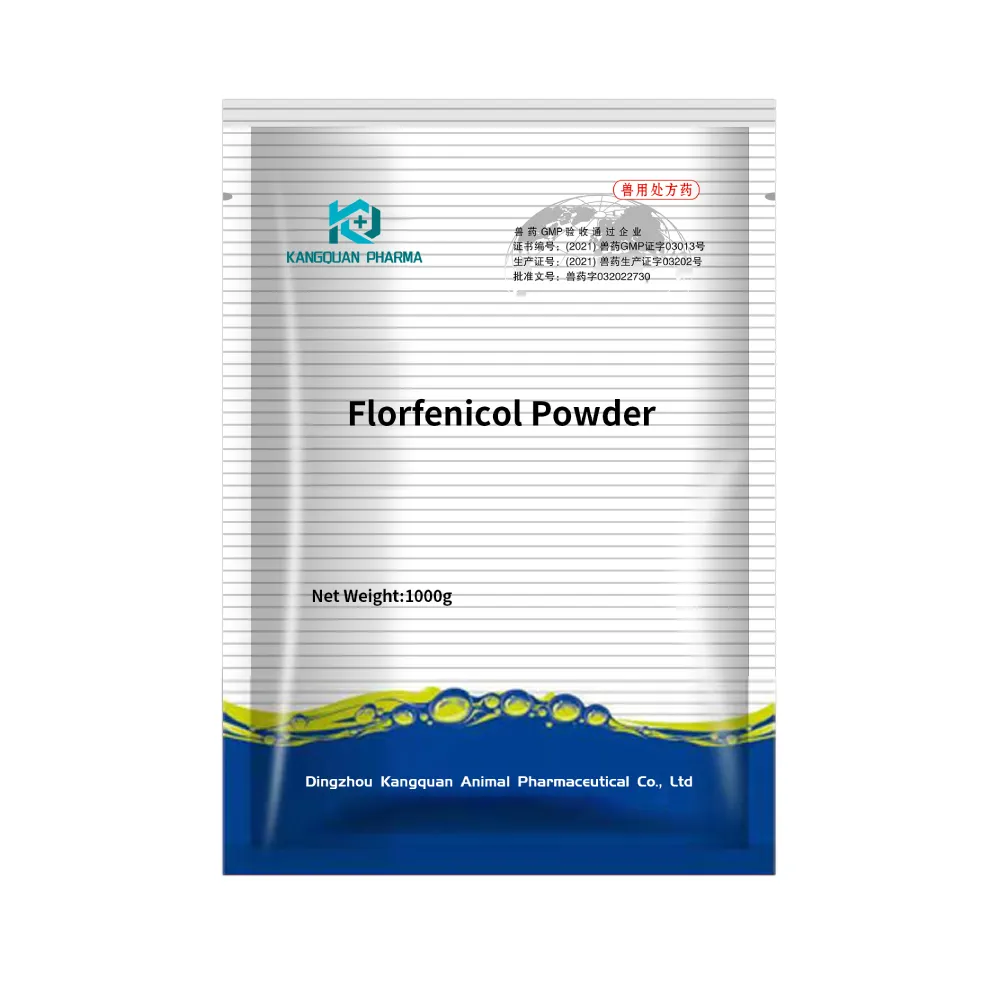- Afrikaans
- Albanian
- Amharic
- Arabic
- Armenian
- Azerbaijani
- Basque
- Belarusian
- Bengali
- Bosnian
- Bulgarian
- Catalan
- Cebuano
- Corsican
- Croatian
- Czech
- Danish
- Dutch
- English
- Esperanto
- Estonian
- Finnish
- French
- Frisian
- Galician
- Georgian
- German
- Greek
- Gujarati
- Haitian Creole
- hausa
- hawaiian
- Hebrew
- Hindi
- Miao
- Hungarian
- Icelandic
- igbo
- Indonesian
- irish
- Italian
- Japanese
- Javanese
- Kannada
- kazakh
- Khmer
- Rwandese
- Korean
- Kurdish
- Kyrgyz
- Lao
- Latin
- Latvian
- Lithuanian
- Luxembourgish
- Macedonian
- Malgashi
- Malay
- Malayalam
- Maltese
- Maori
- Marathi
- Mongolian
- Myanmar
- Nepali
- Norwegian
- Norwegian
- Occitan
- Pashto
- Persian
- Polish
- Portuguese
- Punjabi
- Romanian
- Russian
- Samoan
- Scottish Gaelic
- Serbian
- Sesotho
- Shona
- Sindhi
- Sinhala
- Slovak
- Slovenian
- Somali
- Spanish
- Sundanese
- Swahili
- Swedish
- Tagalog
- Tajik
- Tamil
- Tatar
- Telugu
- Thai
- Turkish
- Turkmen
- Ukrainian
- Urdu
- Uighur
- Uzbek
- Vietnamese
- Welsh
- Bantu
- Yiddish
- Yoruba
- Zulu
Th11 . 13, 2024 06:58 Back to list
oxytetracycline injection for sheep
Oxytetracycline Injection for Sheep An Overview
Oxytetracycline, a broad-spectrum antibiotic from the tetracycline class, has long been utilized in veterinary medicine, particularly in sheep farming. It is effective against a range of bacterial infections, making it a valuable tool for sheep producers aiming to maintain the health and productivity of their flock. This article explores the uses, benefits, and considerations of oxytetracycline injections in sheep.
Uses of Oxytetracycline in Sheep
Sheep are susceptible to various bacterial infections, which can lead to significant health issues and economic losses. Oxytetracycline is primarily used to treat respiratory diseases, such as pneumonia and pleuropneumonia, common in stressed or crowded conditions. Additionally, it is effective against infections caused by certain strains of Streptococcus, Staphylococcus, and Escherichia coli, among others.
In addition to treating existing infections, oxytetracycline can be employed prophylactically to prevent disease outbreaks in flocks, especially during high-stress periods such as weaning, transportation, or adverse weather conditions. This preventive application can help maintain herd health and ensure productivity.
Benefits of Oxytetracycline
One of the main advantages of oxytetracycline is its convenience of use. It can be administered via injection, which allows for rapid absorption and onset of action. This is particularly important in acute situations where quick intervention is necessary. Moreover, oxytetracycline is generally well-tolerated by sheep, with a relatively low incidence of side effects when used appropriately.
oxytetracycline injection for sheep

Another key benefit is its broad-spectrum activity. This means that it can effectively combat multiple types of bacteria, reducing the need for multiple medications and simplifying treatment protocols. This broad efficacy makes it a versatile option in the veterinary toolkit.
Considerations and Precautions
While oxytetracycline is a valuable resource, it is essential for sheep producers to use it judiciously. Overuse or misuse of antibiotics can lead to antibiotic resistance, posing a significant threat to animal and human health. Therefore, it is crucial to adhere to the recommended dosages and treatment durations provided by veterinarians.
Producers should also consider the withdrawal times associated with oxytetracycline. This is the period following treatment during which milk or meat from treated animals should not be consumed, as antibiotic residues can remain in the system. Adhering to these guidelines is essential for food safety and compliance with regulatory requirements.
Furthermore, close monitoring of treated animals is necessary to evaluate the effectiveness of the treatment. If there is no noticeable improvement within a specified period, consulting a veterinarian for further evaluation and potential reevaluation of the treatment plan is advisable.
Conclusion
In summary, oxytetracycline injection is an important tool in managing sheep health, offering effective treatment against various bacterial infections. Its broad-spectrum activity and ease of use make it a popular choice among producers. However, responsible usage, adherence to veterinary guidelines, and thorough monitoring are essential to maximize its benefits while mitigating potential risks. By employing oxytetracycline judiciously, sheep farmers can help ensure a healthy and productive flock, ultimately contributing to the success of their farming operations.
-
Guide to Oxytetracycline Injection
NewsMar.27,2025
-
Guide to Colistin Sulphate
NewsMar.27,2025
-
Gentamicin Sulfate: Uses, Price, And Key Information
NewsMar.27,2025
-
Enrofloxacin Injection: Uses, Price, And Supplier Information
NewsMar.27,2025
-
Dexamethasone Sodium Phosphate Injection: Uses, Price, And Key Information
NewsMar.27,2025
-
Albendazole Tablet: Uses, Dosage, Cost, And Key Information
NewsMar.27,2025













